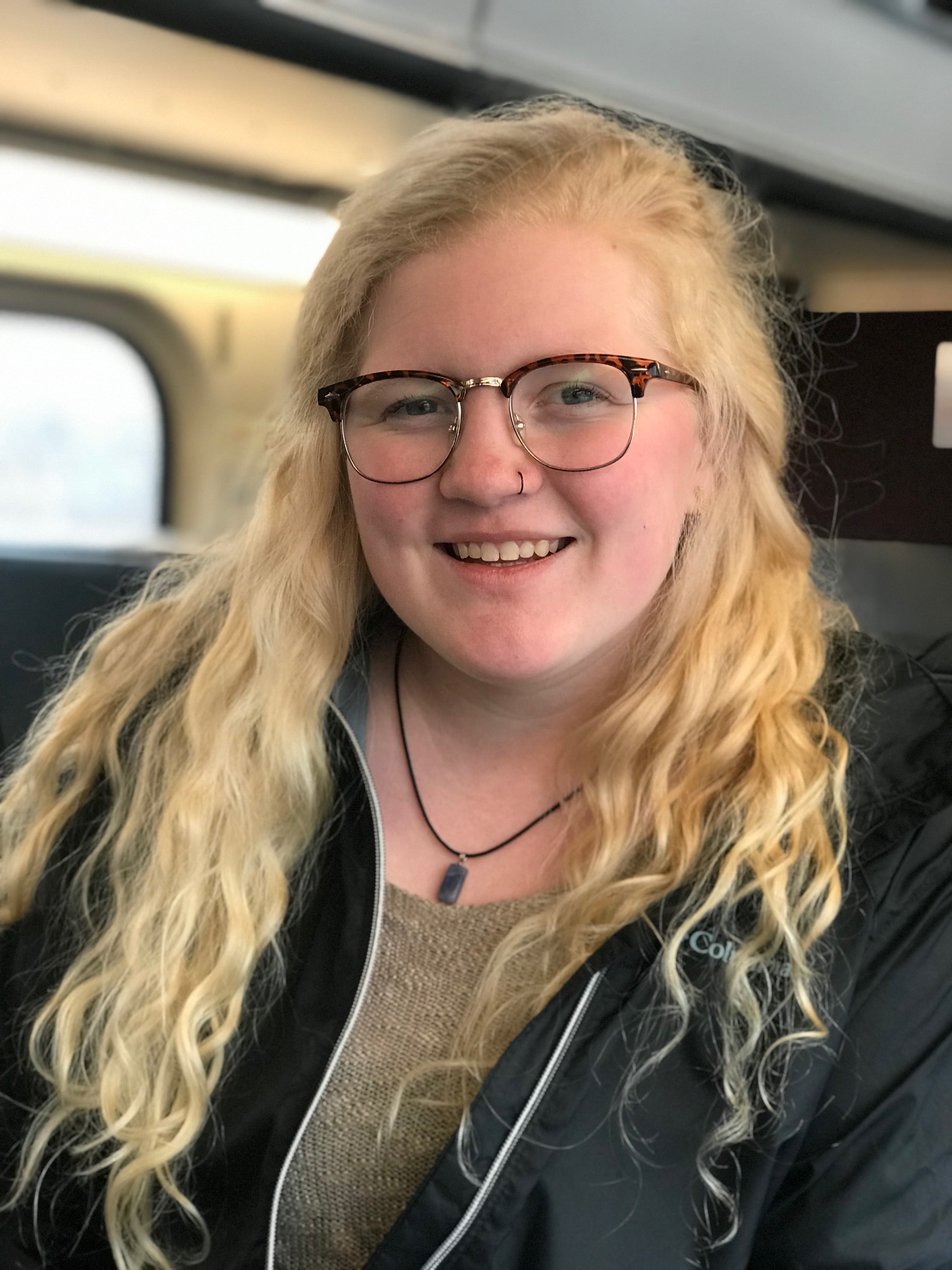Celebration of Scholars
Religion in Africa: Capturing the Vibrant Life of Interfaith Communities
 Name:
Elise Dye
Name:
Elise Dye
Major: Chemistry
Hometown: Holland, MI
Faculty Sponsor: Andrea Ng'weshemi
Other Sponsors: Fatih Harpci
Type of research: Course project
Abstract
This past January, I took part in a short-term study abroad trip to Tanzania. To fully encompass and remember this trip, I decided to make a video showing the experiences that we had. The purpose of this trip was to study the culture in Tanzania, specifically how it centered itself around the religions of the people. We focused on the 4 major religions in Tanzania: Islam (40%), Christianity (40%), Hinduism (5%), and several Indigenous African Religions (5%). Our daily task was to analyze how both the similarities and differences between these faith backgrounds impacted the people and interfaith community in which they coexisted. That idea of constant culture and religion interplay, along with my professors’ passions for interfaith relations, further led me in my attempt to encapsulate our experience in Tanzania to show how our community here at Carthage could broaden our views and practices to be more inclusive, interactive, and intentional.
Submit date: April 4, 2019, 4:26 p.m.
